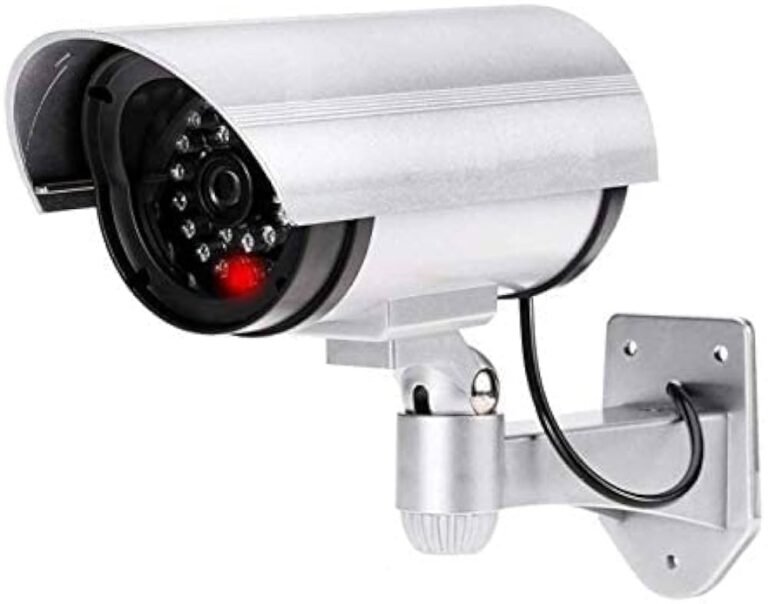Os detectores de movimento têm câmeras?

Sim, alguns detectores de movimento possuem câmeras. Essas unidades integradas combinam detecção de movimento com vigilância por vídeo para ajudar a aumentar a segurança. Os detectores de movimento tradicionais detectam movimento por meio de sinais infravermelhos, ultrassônicos ou de micro-ondas, mas as câmeras com detector de movimento vão além e...

